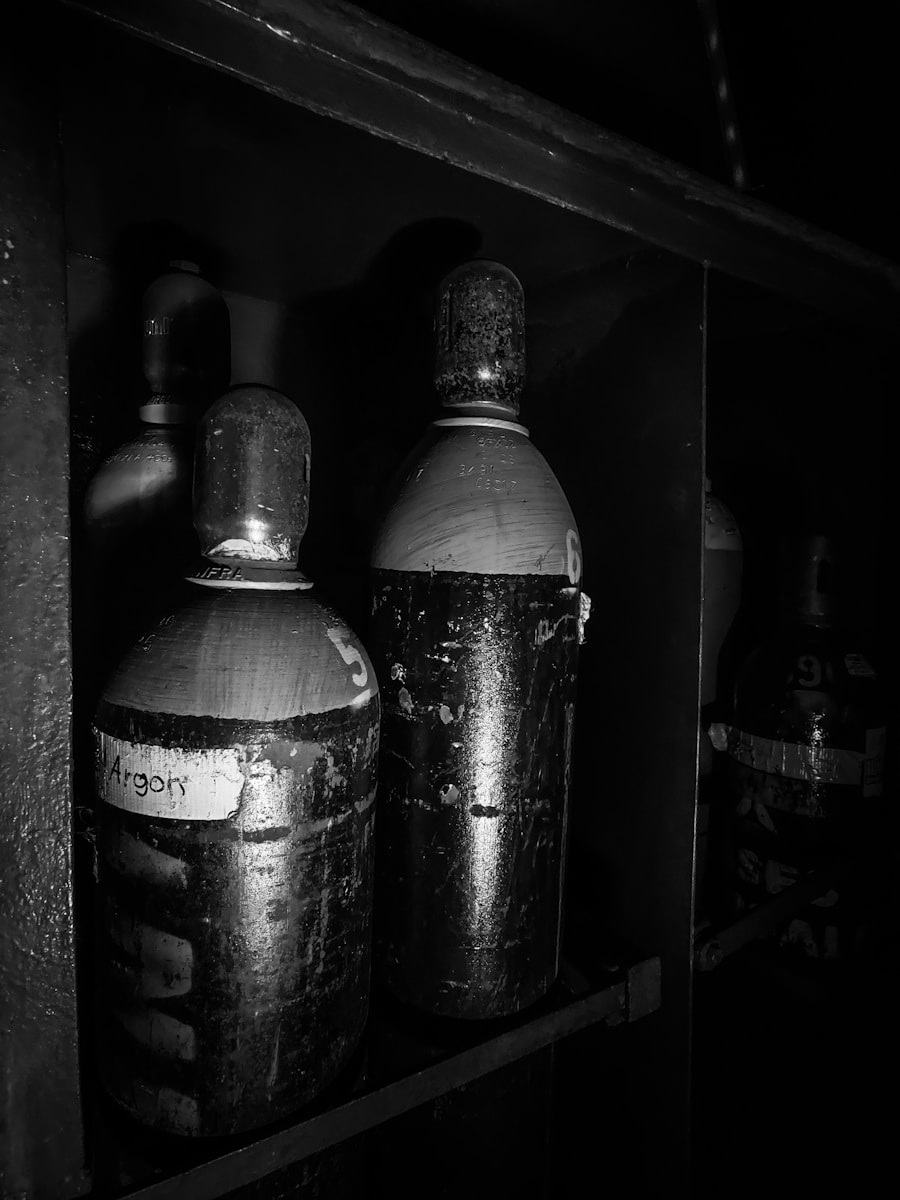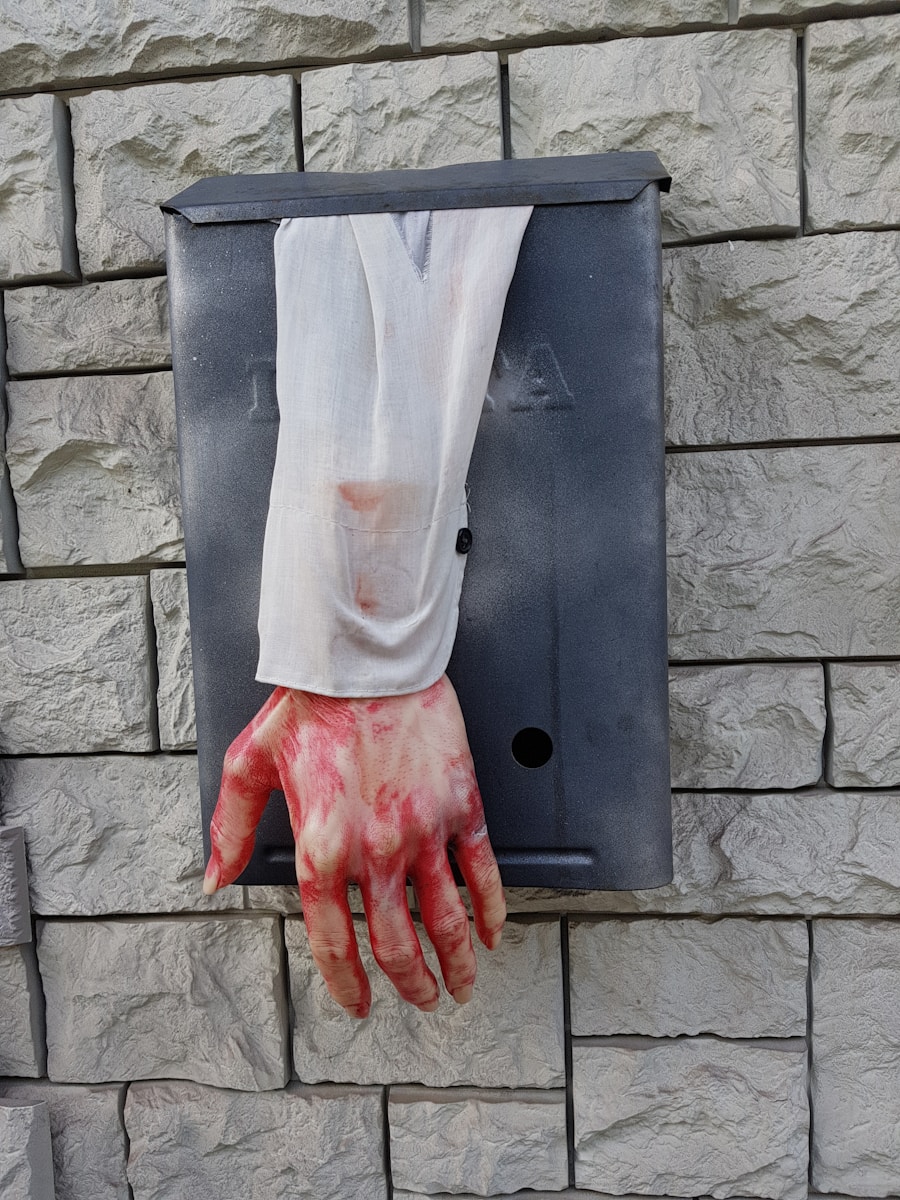Haunted houses have long been a staple of Halloween festivities, evolving from simple ghost stories told around a campfire to elaborate attractions that draw crowds from all walks of life. You might find it fascinating to trace the origins of these spooky experiences back to ancient rituals and folklore, where the supernatural was woven into the fabric of cultural traditions. In the early days, haunted houses were often tied to local legends and myths, with communities coming together to share tales of spirits and the afterlife.
As time progressed, these stories transformed into physical manifestations, leading to the creation of haunted attractions that began to pop up in the 19th century. As you delve deeper into the history of haunted houses, you’ll notice how they have adapted to societal changes and technological advancements. The 20th century saw a significant shift, with the rise of commercial haunted houses that catered to the public’s growing appetite for thrills and chills.
You may recall visiting a local haunted attraction that featured dimly lit corridors, creaking doors, and actors dressed as ghouls and monsters. These experiences became more than just a way to scare; they evolved into a form of entertainment that combined storytelling, theatrical performance, and immersive environments. Today, haunted houses are not just about fear; they are about creating an unforgettable experience that lingers long after you leave.
Key Takeaways
- Haunted houses have evolved from simple ghost stories to immersive and interactive experiences that incorporate technology and digital props.
- Digital props play a crucial role in creating a sense of fear and suspense in modern haunted houses, enhancing the overall experience for visitors.
- The use of digital props offers advantages such as flexibility, reusability, and the ability to create dynamic and customizable scares for guests.
- Incorporating technology into traditional haunted house experiences allows for a more immersive and interactive environment, enhancing the overall experience for visitors.
- The future of haunted houses lies in blending digital and physical elements to create even more immersive and terrifying experiences for guests.
The Role of Digital Props in Haunted Houses
Immersive Experiences
Imagine walking through a haunted house where the walls seem to come alive with projections of ghostly apparitions or where sound effects are synchronized with your movements, heightening the sense of immersion. This integration of technology allows for a level of creativity and innovation that was previously unimaginable.
Dynamic Storytelling
Traditional props may have relied on static displays or simple animatronics, but digital technology allows for dynamic narratives that can change based on visitor interactions. You may find yourself in a room where your choices influence the outcome of the story, making each visit a unique experience. This adaptability not only keeps guests engaged but also encourages repeat visits, as you can never quite predict what will happen next.
A Multi-Sensory Experience
The use of digital props is not just about adding a modern twist; it’s about creating a multi-sensory experience that captivates and terrifies in equal measure. By incorporating digital technology, haunted houses can create an immersive and engaging experience that will leave visitors screaming for more.
Creating a Sense of Fear and Suspense

At the heart of every successful haunted house lies the ability to evoke fear and suspense. You may have noticed that it’s not just about jump scares; it’s about building an atmosphere that keeps you on edge from the moment you step inside. The careful orchestration of lighting, sound, and set design plays a crucial role in crafting this experience.
As you navigate through dark corridors filled with eerie sounds and flickering lights, your heart races in anticipation of what lies ahead. This psychological aspect of fear is what makes haunted houses so compelling. To create an effective sense of suspense, designers often employ various techniques that manipulate your emotions.
You might find yourself drawn into a narrative that unfolds as you move through different rooms, each one designed to heighten your anxiety. The use of unexpected elements—like sudden loud noises or hidden actors—can catch you off guard, amplifying your sense of dread. Additionally, the pacing of your journey through the haunted house is meticulously planned; moments of tension are interspersed with brief lulls, allowing you to catch your breath before plunging back into the fray.
This ebb and flow of fear is what keeps you engaged and invested in the experience. Psychology Today
Advantages of Using Digital Props
The incorporation of digital props into haunted houses offers numerous advantages that enhance both the visitor experience and operational efficiency. One significant benefit is the ability to create highly detailed and customizable environments. With digital technology, you can easily change themes or scenes without the need for extensive physical alterations.
This flexibility allows haunted house operators to refresh their attractions regularly, keeping them relevant and exciting for returning guests. You might appreciate how this adaptability can lead to innovative storytelling techniques that keep audiences guessing. Moreover, digital props can significantly reduce maintenance costs associated with traditional animatronics and physical sets.
You may have encountered malfunctioning props in past experiences, which can detract from the overall enjoyment. Digital systems are often easier to troubleshoot and repair, ensuring that everything runs smoothly during peak seasons. Additionally, these props can be programmed to respond to visitor interactions, creating a more engaging experience without requiring constant human oversight.
This efficiency not only enhances your experience but also allows operators to focus on other aspects of their attractions.
Incorporating Technology into Traditional Haunted House Experiences
As technology continues to advance, integrating it into traditional haunted house experiences has become increasingly common. You may have noticed how some attractions now feature augmented reality (AR) elements that blend seamlessly with physical environments. Imagine donning AR glasses that overlay ghostly figures onto your surroundings or using your smartphone to unlock hidden content as you explore different rooms.
This fusion of digital and physical elements creates a richer narrative experience that captivates your imagination. Incorporating technology doesn’t mean abandoning traditional elements; rather, it enhances them. You might find that classic jump scares are even more effective when paired with digital enhancements like synchronized lighting or sound effects triggered by your movements.
This combination allows for a more cohesive experience where every element works together to immerse you in the story being told. As you navigate through these technologically enhanced haunted houses, you’ll likely appreciate how they honor the roots of fear while pushing the boundaries of what’s possible.
Designing Immersive and Interactive Environments

Creating an immersive environment is essential for any successful haunted house, and this is where design plays a pivotal role. You may have experienced attractions where every detail—from the scent in the air to the textures underfoot—contributes to the overall atmosphere. Designers often focus on creating spaces that transport you into another world, making you feel as though you’ve stepped into a living nightmare.
This level of immersion is achieved through careful attention to detail in set design, soundscapes, and even temperature control. Interactivity is another key component in designing these environments. You might recall instances where you were encouraged to touch objects or make choices that influenced your path through the attraction.
This engagement fosters a deeper connection between you and the experience, making it feel personal and unique. Designers often incorporate puzzles or challenges that require teamwork or problem-solving skills, further enhancing your involvement in the narrative. By blending immersive environments with interactive elements, haunted houses create unforgettable experiences that resonate long after you leave.
Safety and Practical Considerations
While creating thrilling experiences is paramount in haunted house design, safety must always be a top priority. You may not realize how much thought goes into ensuring that every aspect of an attraction is safe for visitors while still delivering scares. From fire safety regulations to crowd control measures, operators must navigate a complex landscape of legal requirements and best practices.
You might be surprised at how many behind-the-scenes protocols are in place to protect both guests and staff. Additionally, practical considerations such as accessibility are becoming increasingly important in modern haunted house design. You may have noticed more attractions offering accommodations for individuals with disabilities or sensory sensitivities.
This inclusivity not only broadens the audience but also enhances the overall experience for everyone involved. By prioritizing safety and accessibility alongside entertainment value, haunted houses can create environments where all guests feel welcome and engaged.
The Future of Haunted Houses: Blending Digital and Physical Elements
As you look ahead to the future of haunted houses, it’s clear that the trend toward blending digital and physical elements will only continue to grow. You might envision a world where virtual reality (VR) experiences become commonplace within haunted attractions, allowing guests to explore terrifying landscapes without ever leaving their homes—or perhaps even enhancing their visits with VR elements integrated into physical spaces. This evolution opens up endless possibilities for storytelling and engagement.
Moreover, as technology advances, so too will the ways in which haunted houses can adapt to changing audience preferences. You may find yourself drawn to experiences that offer personalized narratives based on your choices or even interactive elements powered by artificial intelligence that respond uniquely to each visitor’s actions. The future promises an exciting blend of innovation and tradition, ensuring that haunted houses remain a beloved part of Halloween culture for years to come.
In conclusion, as you reflect on the evolution of haunted houses from their humble beginnings to their current state as high-tech attractions, it’s evident that they will continue to captivate audiences with their ability to evoke fear and excitement. The integration of digital props and technology has transformed these experiences into immersive journeys filled with suspense and interactivity. As designers prioritize safety while pushing creative boundaries, you can look forward to thrilling new adventures in haunted houses that blend the best of both worlds—digital innovation and traditional storytelling—creating unforgettable memories for all who dare to enter.
If you’re interested in learning more about the history of haunted house attractions in the US, be sure to check out Crooked Horror’s blog.
FAQs
What are digital props in haunted houses?
Digital props in haunted houses are special effects that use technology to create a scary and immersive experience for visitors. These props can include projections, sound effects, lighting, and animatronics that are controlled digitally.
How are digital props used in haunted houses?
Digital props are used to enhance the atmosphere and scare factor of haunted houses. They can create illusions, simulate supernatural occurrences, and bring characters to life in a way that traditional props cannot.
What are the advantages of using digital props in haunted houses?
Using digital props in haunted houses allows for more flexibility and creativity in creating scares. They can be easily controlled and adjusted, and can create effects that are impossible with traditional props alone.
Are digital props replacing traditional props in haunted houses?
While digital props are becoming more popular in haunted houses, they are not necessarily replacing traditional props. Instead, they are often used in combination with traditional props to create a more dynamic and immersive experience.
What are some examples of digital props used in haunted houses?
Examples of digital props used in haunted houses include holographic projections, motion-activated sound effects, LED lighting effects, and animatronic figures that are controlled by computer programs. These props can create illusions of ghosts, monsters, and other supernatural phenomena.

Comments are closed